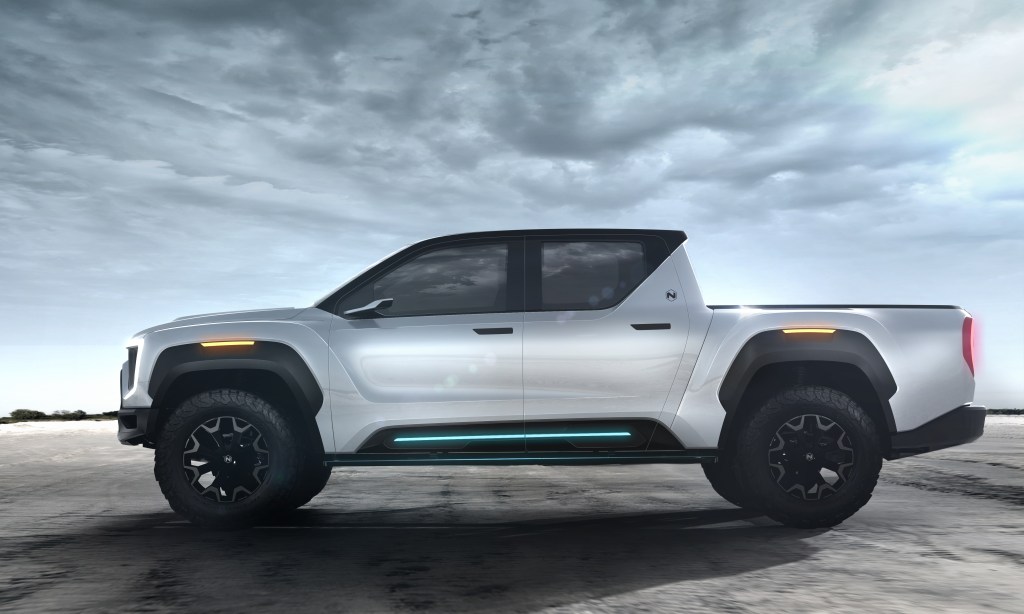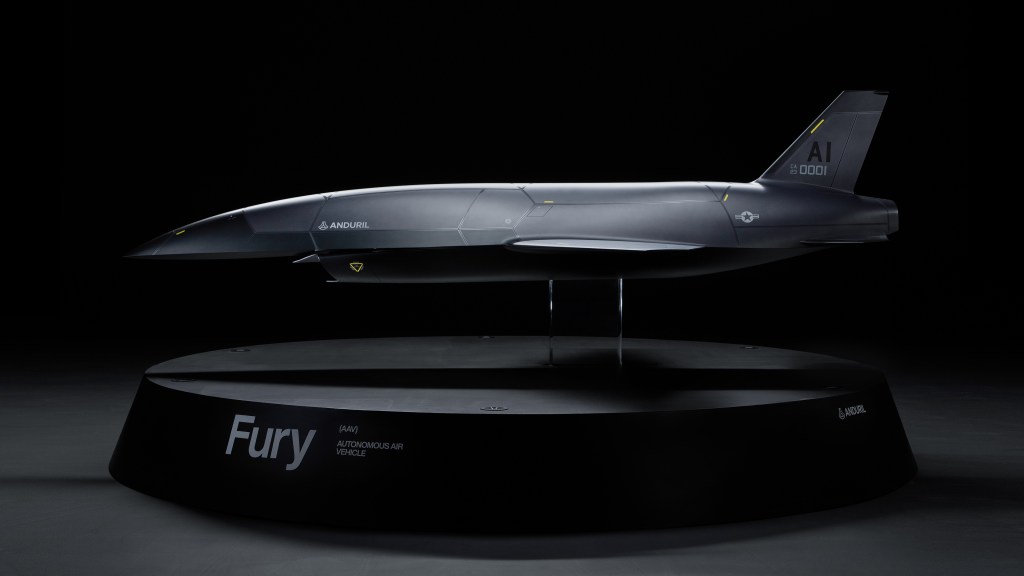
OpenAI’s Converge 2 startup accelerator program did indeed take place, according to two sources familiar with the program, despite the silence that has shrouded it. TechCrunch has also confirmed that the Open AI Startup Fund has funded startups in the cohort.
Converge 2 has been an odd exception to what is normally a mundane bit of PR in the tech industry. Typically an accelerator program announces the startups accepted into, or graduated from, its programs. After all, once it invests, it has every reason to boost those startups’ chances for success with its public stamp of approval.
But for months, a tech forum ran wild asking if the Converge 2 accelerator program actually happened. Nobody on that forum, which included people who said they applied, heard anything. No one on the forum posted about getting in or even receiving rejection notices. And others in the Valley weren’t hearing about the program either, despite how high profile OpenAI is, various sources told TechCrunch.
This silence was odd because it was not how the first program worked. OpenAI held Converge I in the typical accelerator fashion in early 2023. It called for applications and then publicly announced its first four investments from the overall OpenAI Startup Fund. In December 2023, Open AI Startup Fund announced it would start accepting applications for the second cohort of its accelerator program, Converge 2, expected to begin in March 2024 and conclude by April.
But then, silence. There was no press release from OpenAI about the companies that earned investments. And after multiple requests for comment over months, OpenAI refused to even confirm that the program took place. Founders took to pondering online — and messaging us — about it.
We still cannot get those close to the program to tell us why OpenAI won’t publicly announce the cohort grads. Are the NDAs draconian? Is it just a don’t-talk culture thing? Admittedly, even Converge 1 kept its communications low-key, and the companies that were said to have partaken in it, like Cursor.AI, were revealed slowly.
Certainly, between early 2023 and today, the whole world is paying much closer attention to OpenAI, especially as the company reportedly seeks to raise another round that would value it at $100 billion, according to the WSJ. In fact, between Converge 1 and 2, the fund removed Sam Altman as its owner, replacing him with Ian Hathaway.
This move hasn’t impeded fund activity. Since January, the fund has cut checks into a few new companies, according to PitchBook, like AI chatbot Heeyo, wellness company Thrive AI Health, AI chatbot New Computer, and Ambience Healthcare, which created an AI assistant for healthcare organizations. At least two of these companies, a source tells us, participated in a Converge program, though the person would not confirm which ones, citing not wanting to incur OpenAI’s displeasure.
As to what happens inside the program, details are even more scarce. One person told us the main benefit is access to OpenAI’s researchers and to unreleased model technology. That kind of access would lend itself to the theory that these companies are locked into some brawny NDAs, a tool that OpenAI is fond of using on its employees, as Vox recently reported.



